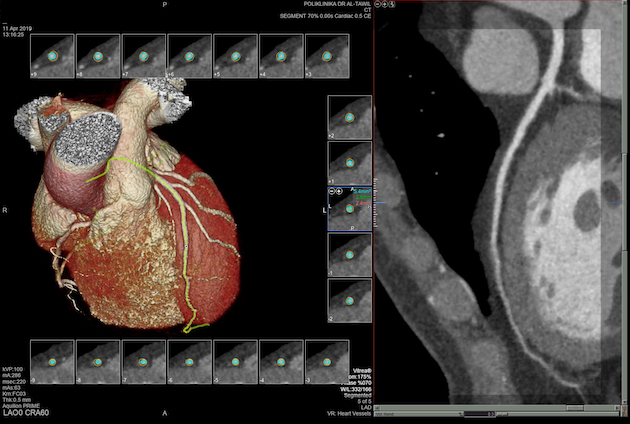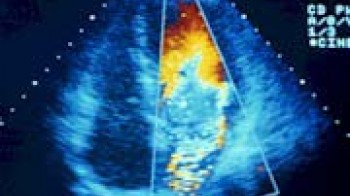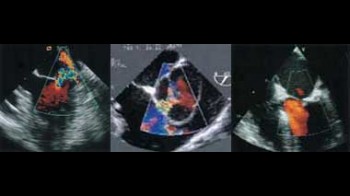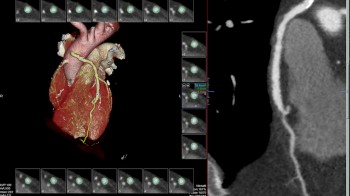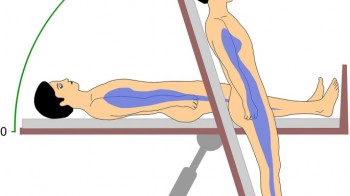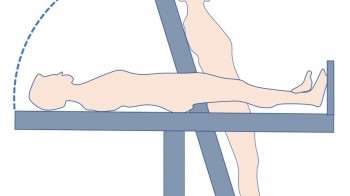Heart disease
Heart Disease is the most common cause of death today. Each other person dies due to coronary disease or its complications. Timely detection and treatment is extremely important, since the onset of symptoms such as pain in the effort, choking, lack of air, throbbing and skimming heart is often a sign of advanced disease.
Also timely reporting to a physician with sudden inconvenience is very important since only in the first 6-12h since the onset of myocardial infarction, it is possible to administer thrombolysis-intravenous administration of drugs that break down the thrombus that closed the blood vessel. Larger centers have the ability to instantly make coronary artery and depending on the PCI (balloon-dilatation) stenosis and stent implantation, minimizing the consequences of the infarct but timely diagnosis of the disease is again extremely important.
Also in the case of chest pain, where there is no ECG change and the labs are neat, the so-called "triple rule-out" CT coronarography-to exclude coronary artery disease, pulmonary thromboembolism or aortic aneurysm dissection each one is potentially fatal.
One can perform in our facilit further cardiology exams:
-general cardiology examination with ECG interpretation
-transthoracic echocardiography
-contrast echocardiography (echo of heart with intravenous contrast to demonstrate the existence of communications that are not normally present, ...)
-transoesophageal echocardiography (TEE) It is performed with a special probe at the top of which there is a small ultrasound probe, which is plated into the stomach and provides a much more detailed view of the inner structures of the heart, laceration, the presence of thrombies, aortic changes, aneurysms ... , similar to gastroscopy with local anesthesia
-24h holter ECG monitoring (12-channel) and 24h holter pressure
-ECG under load (ergometry) -bicycles and on treadmill (handrail), used to estimate the condition of coronary blood vessel
-MSCT coronarography (visualization of CT blood corpuscles, uncomfortable and complicated by conventional coronary artery), parallel to the lungs and the aorta
